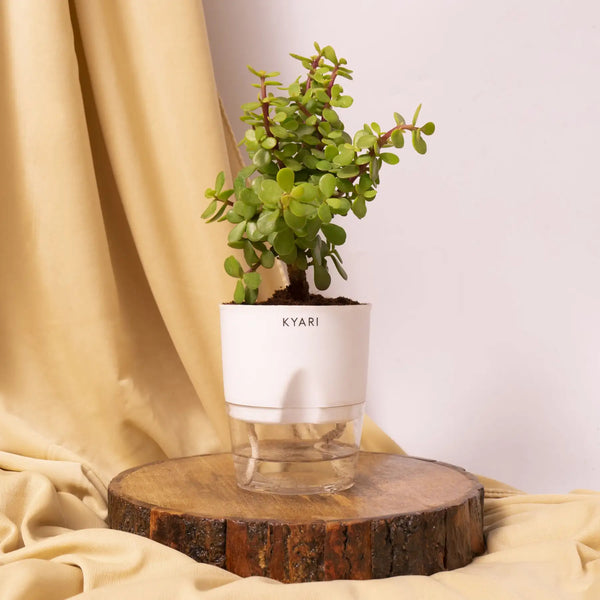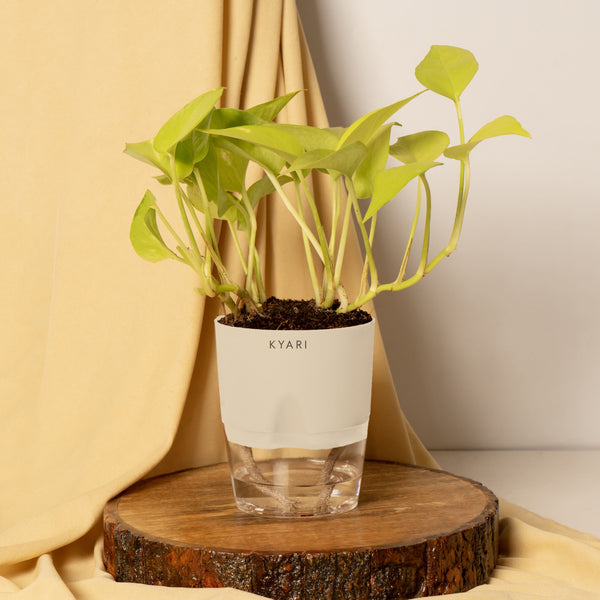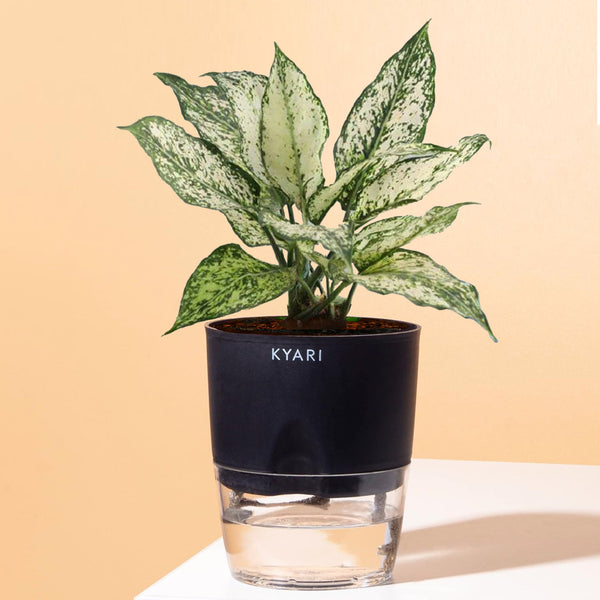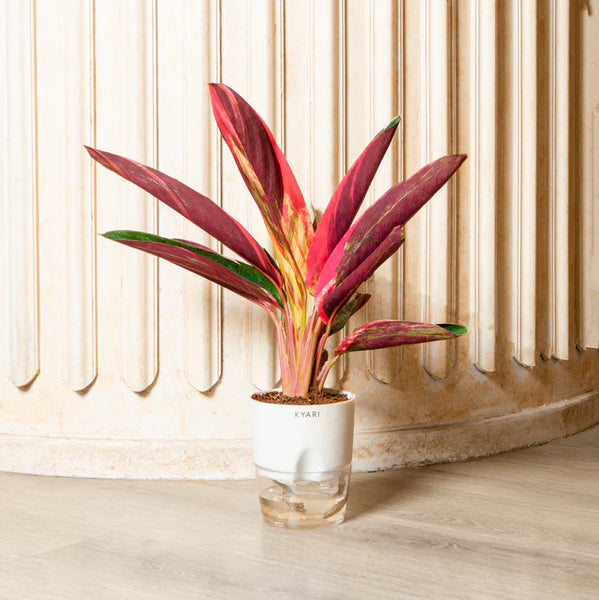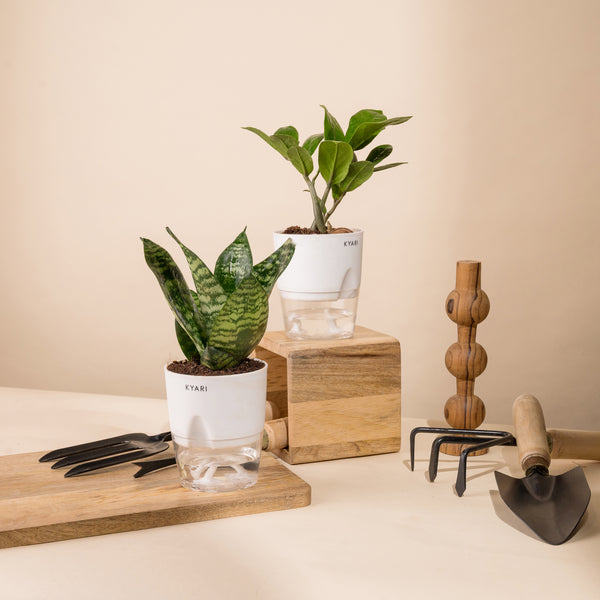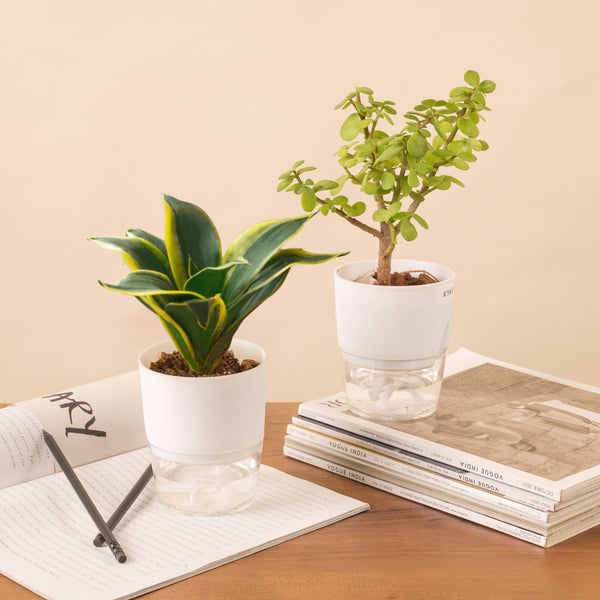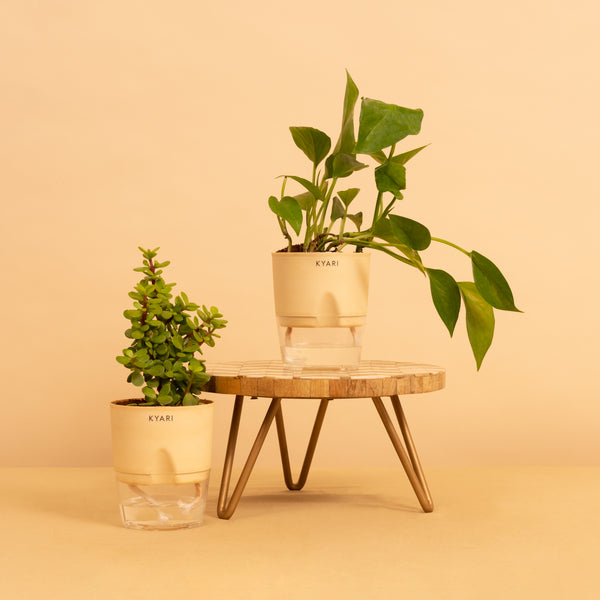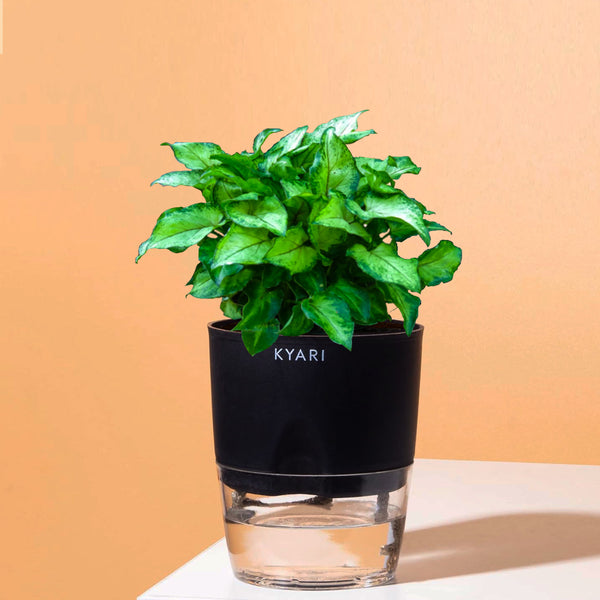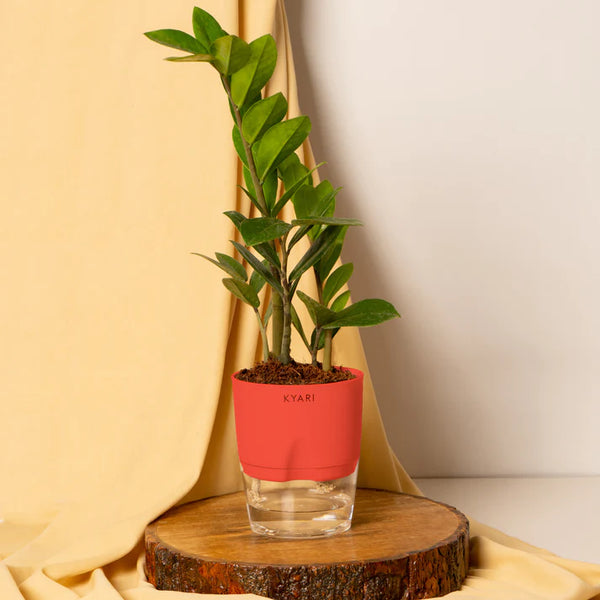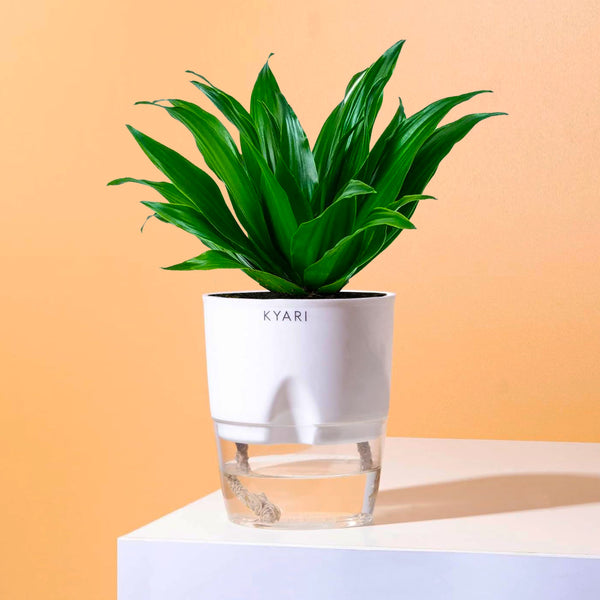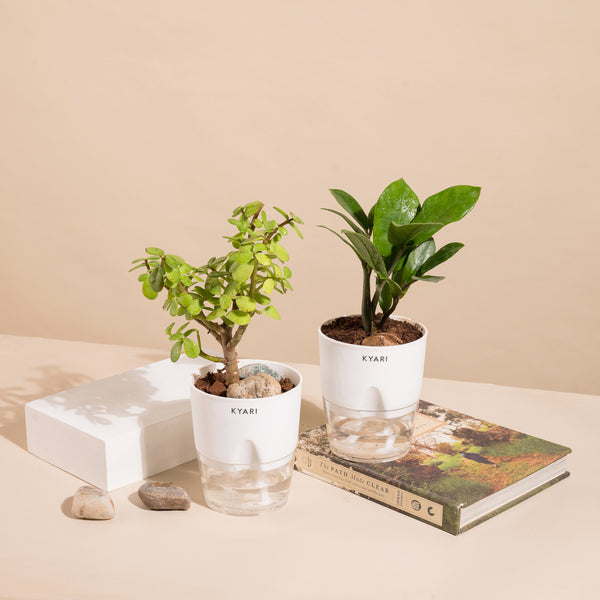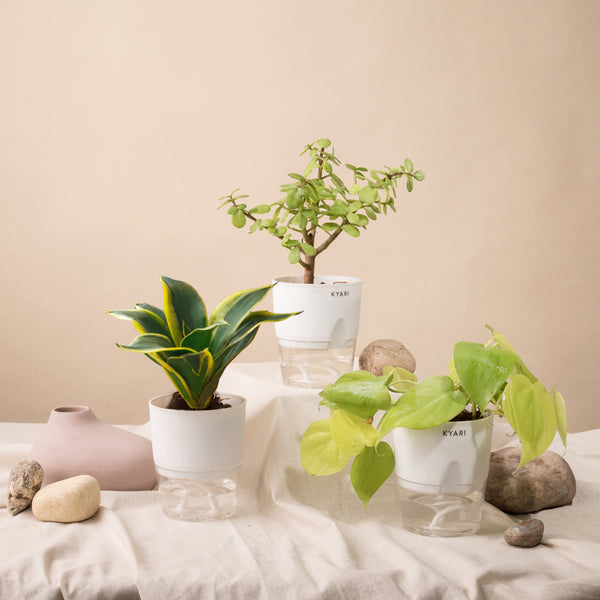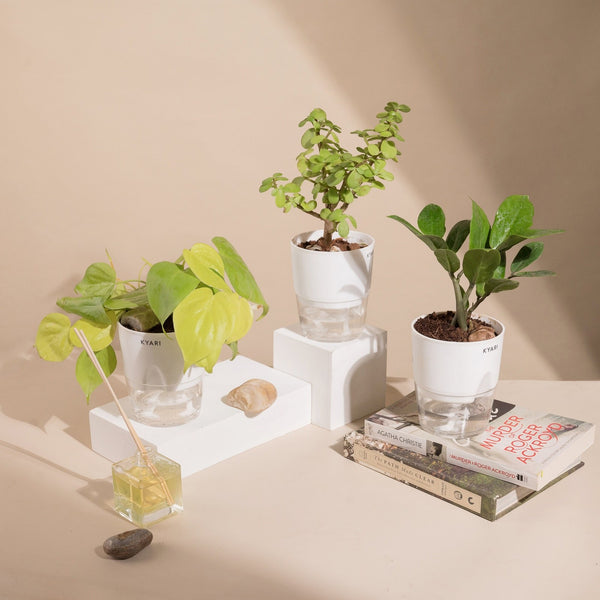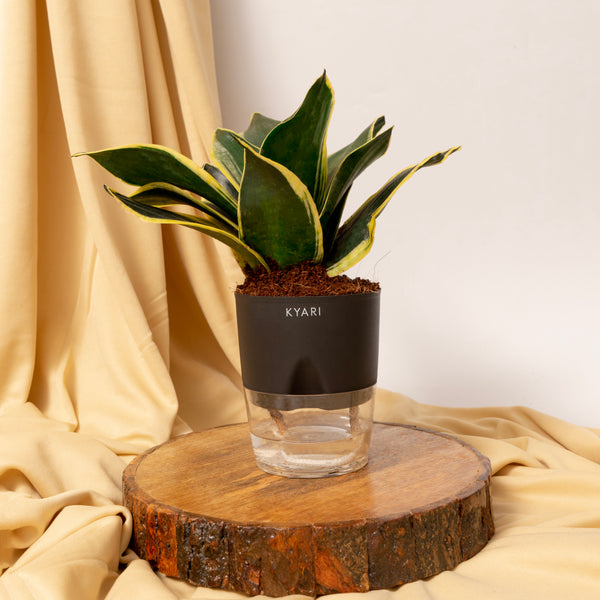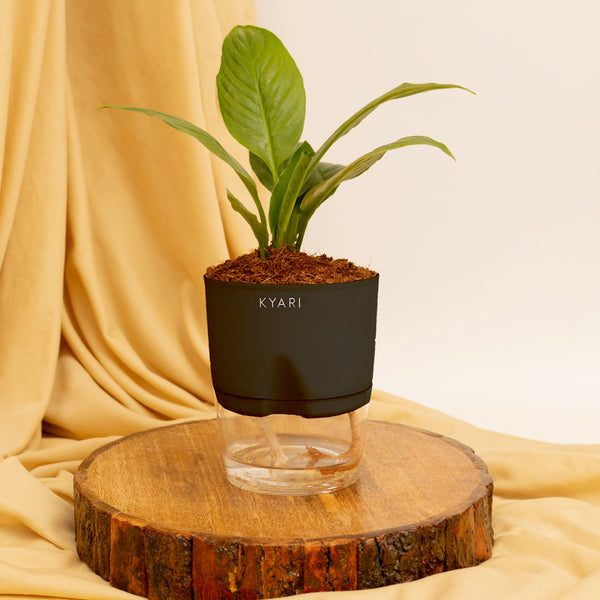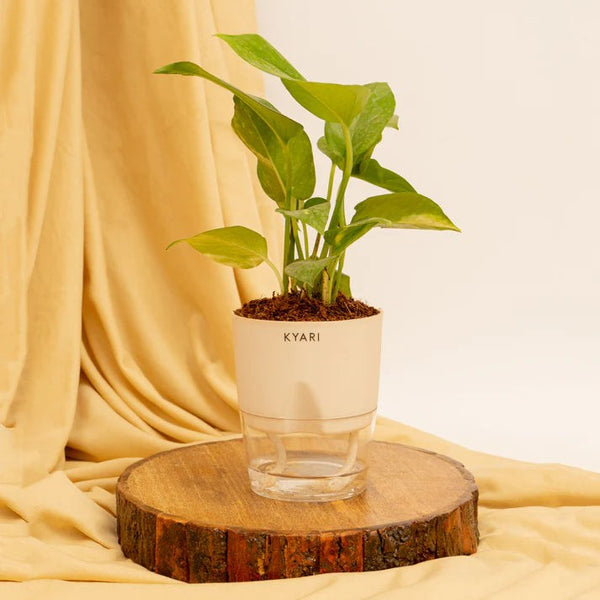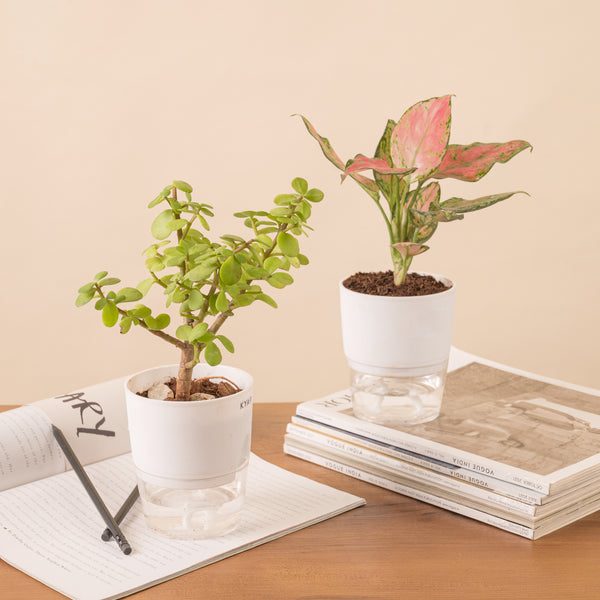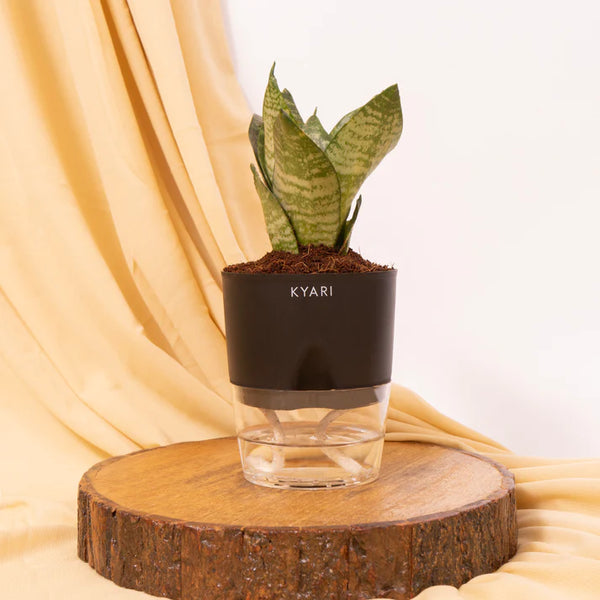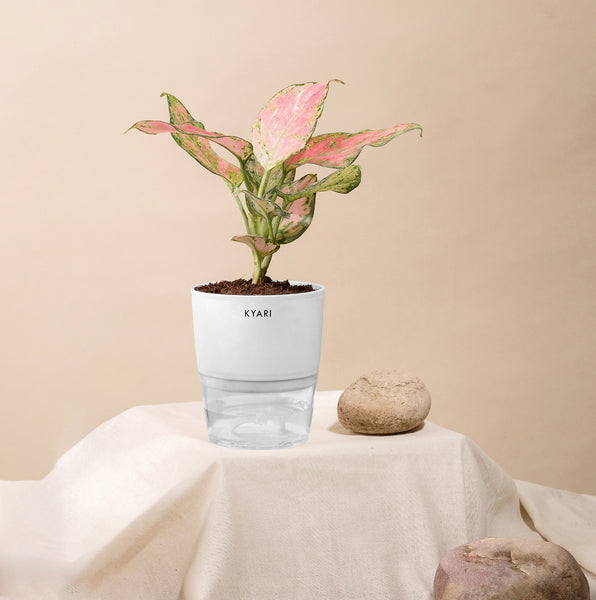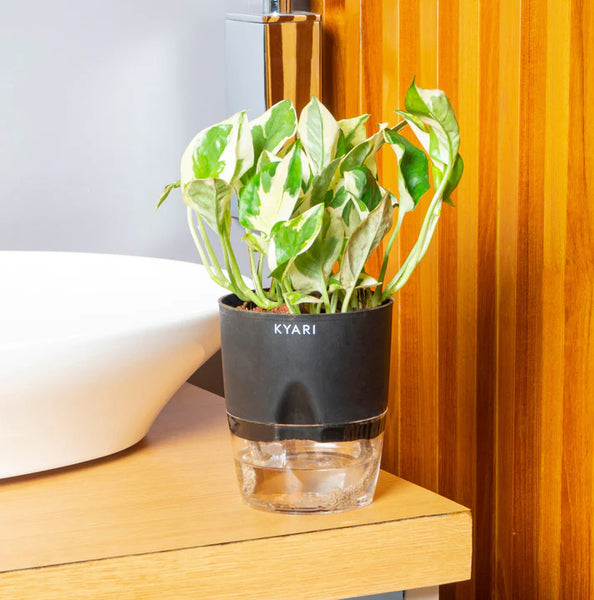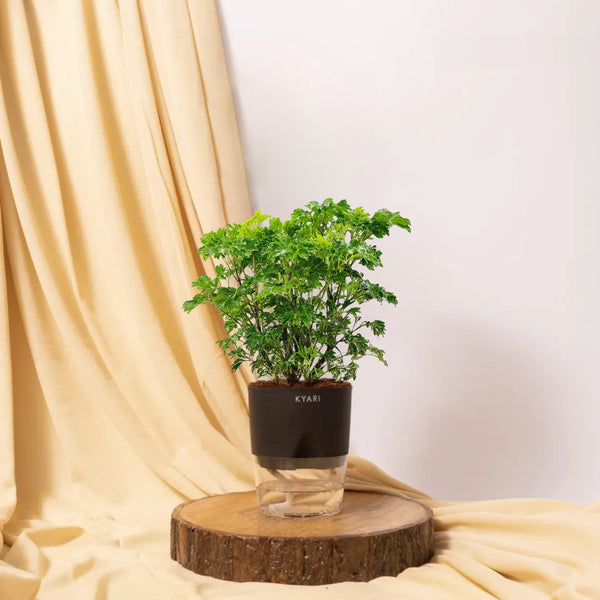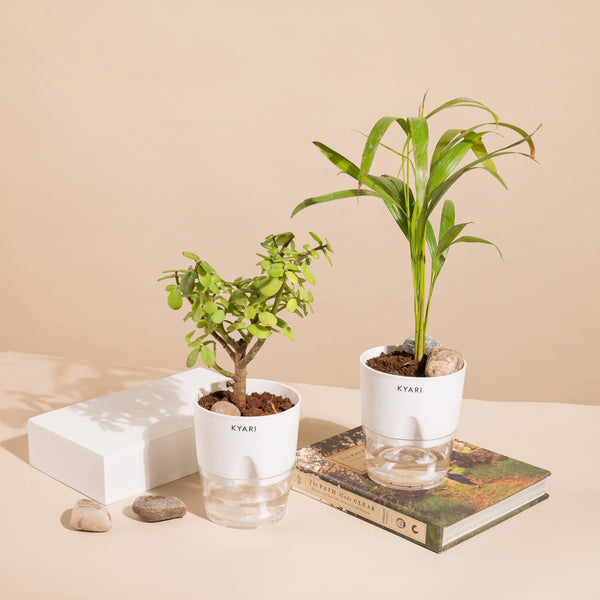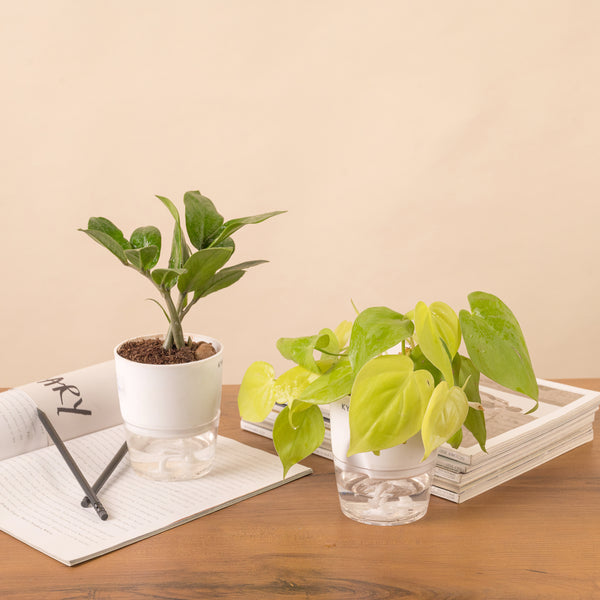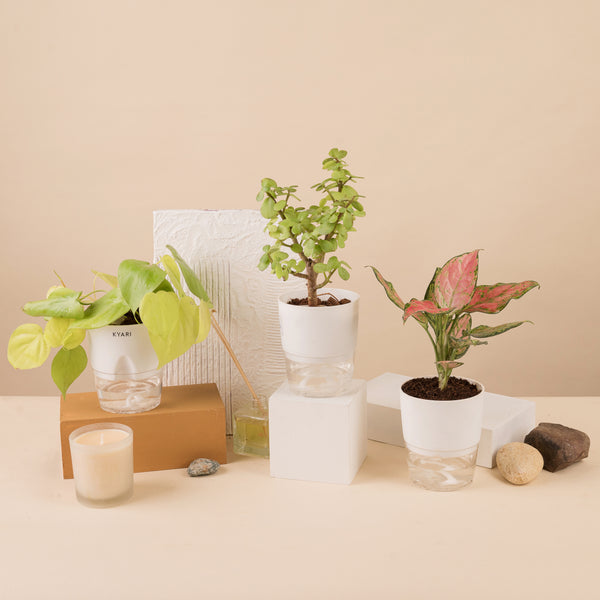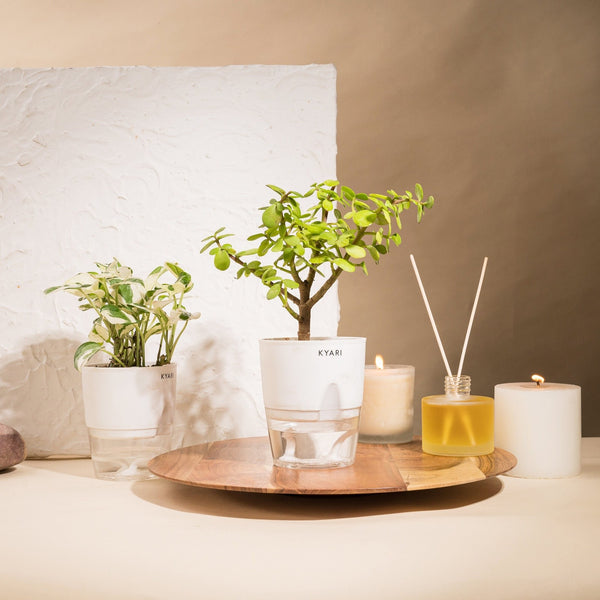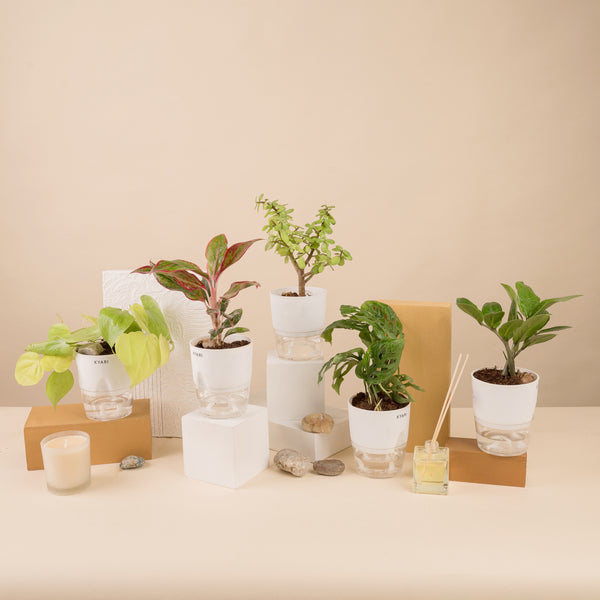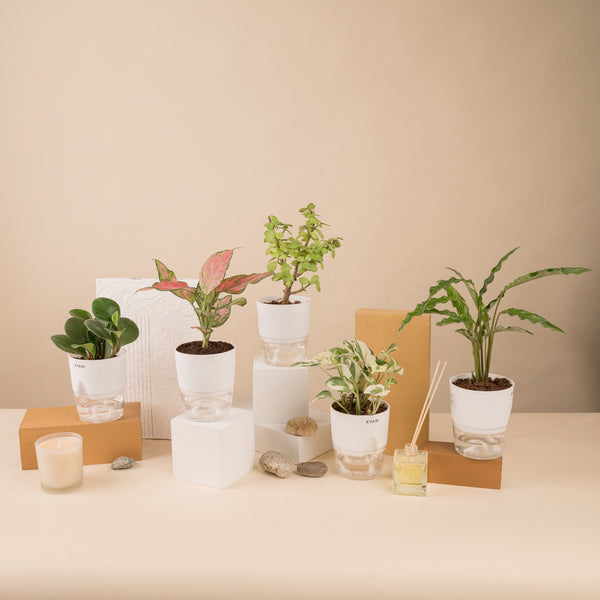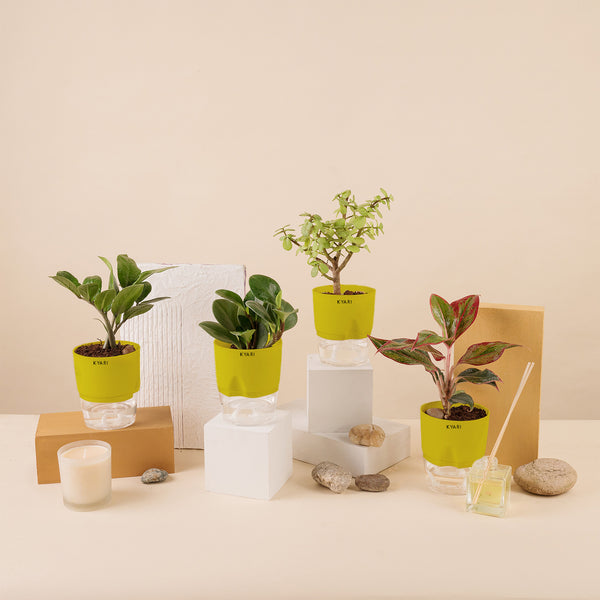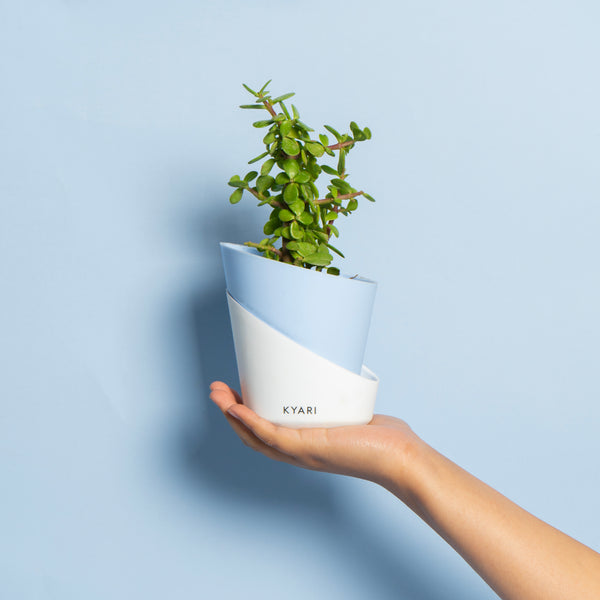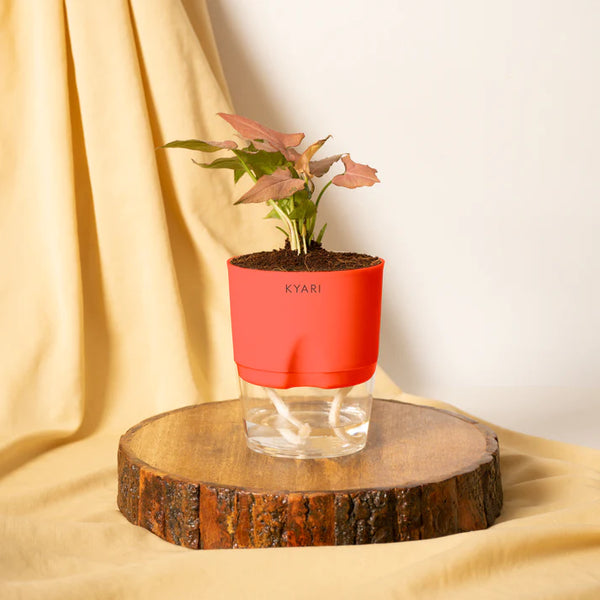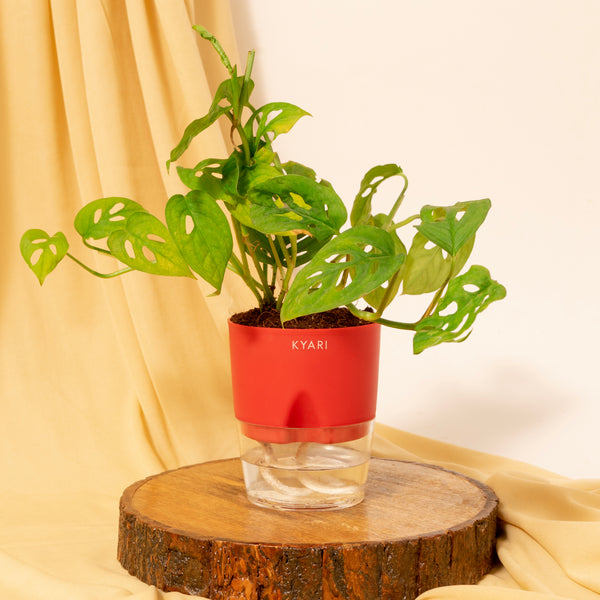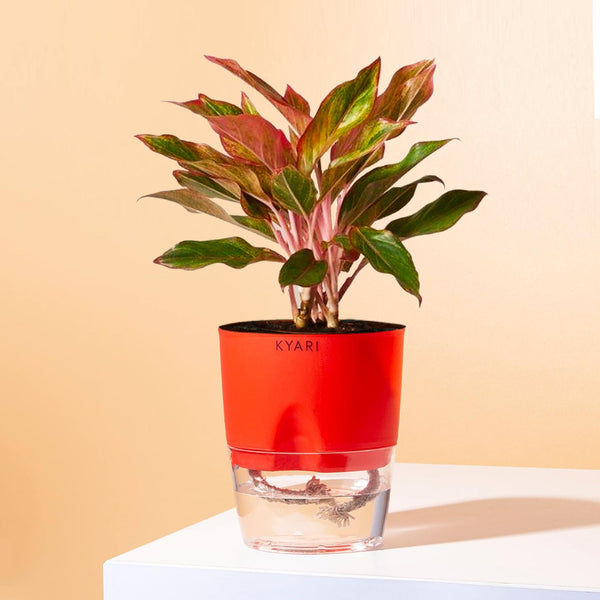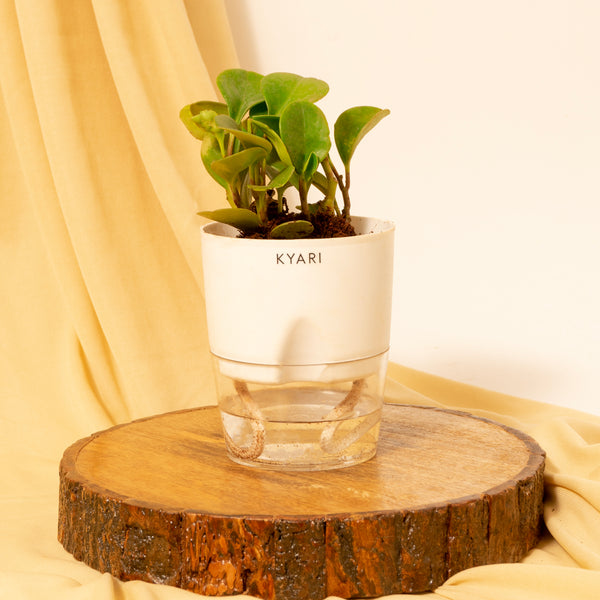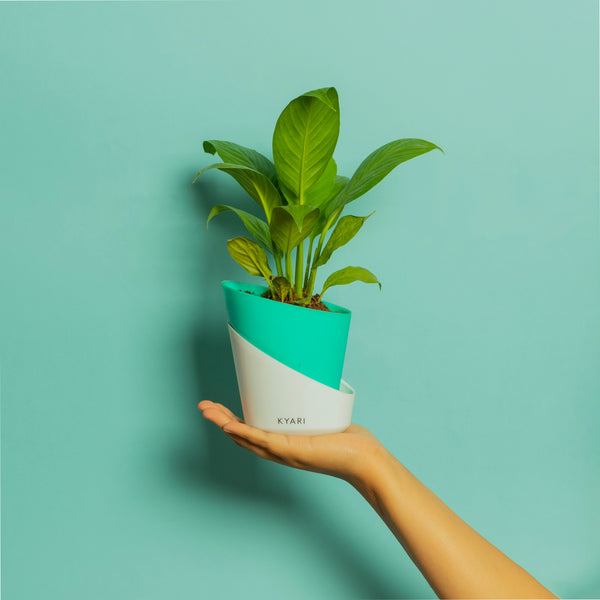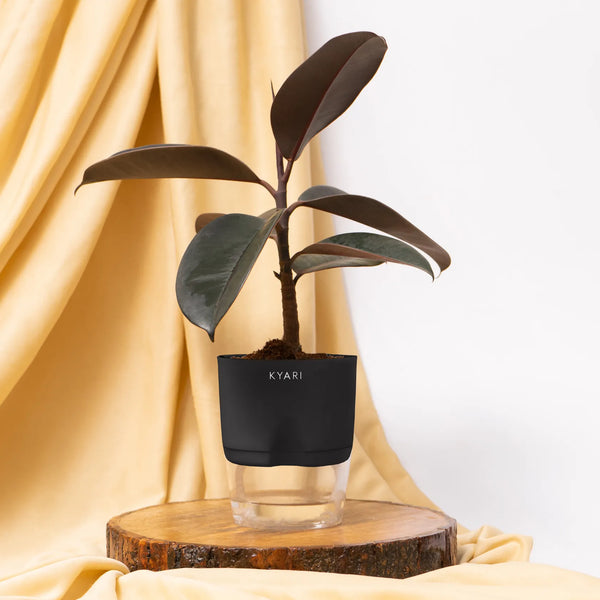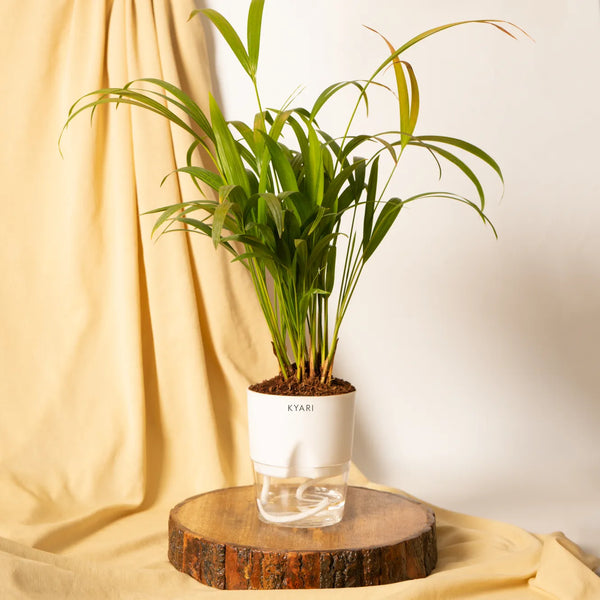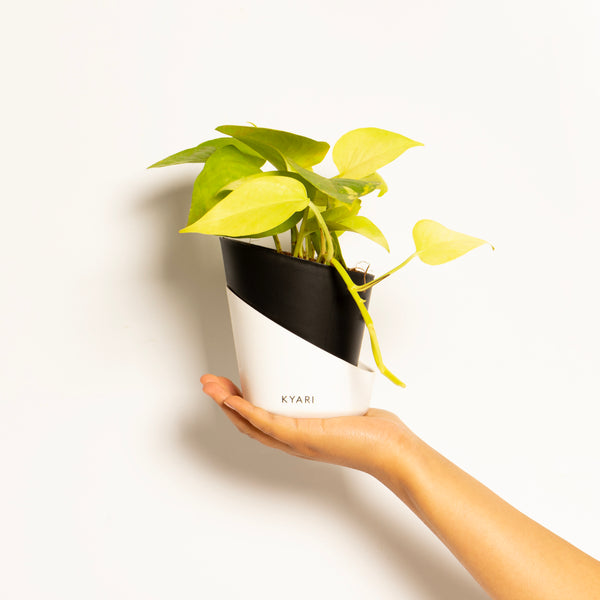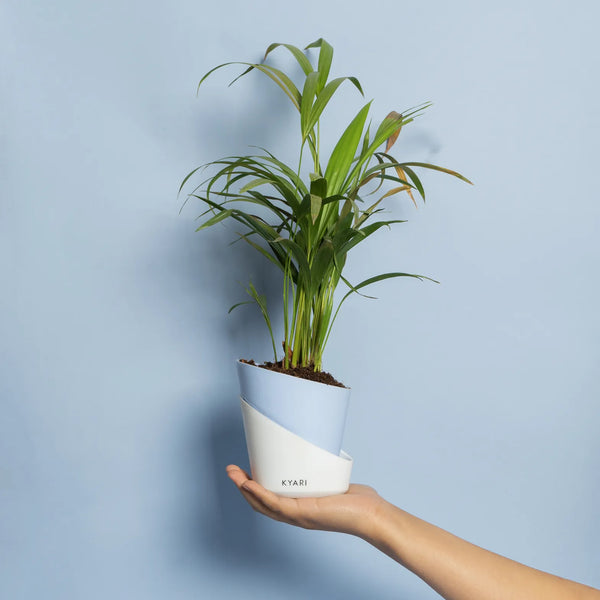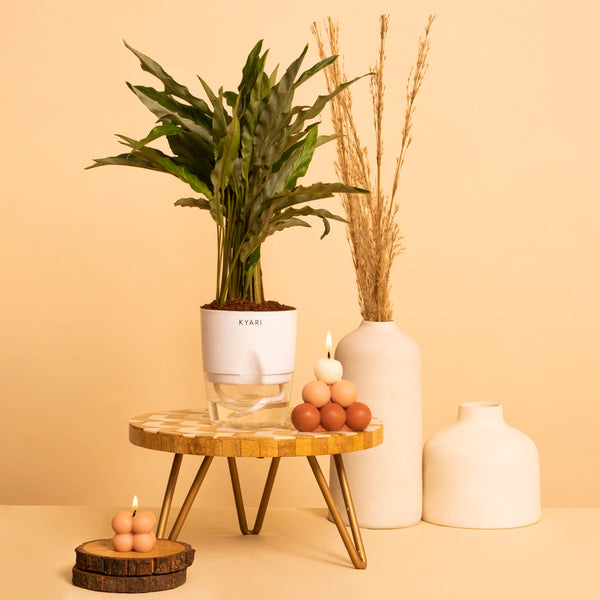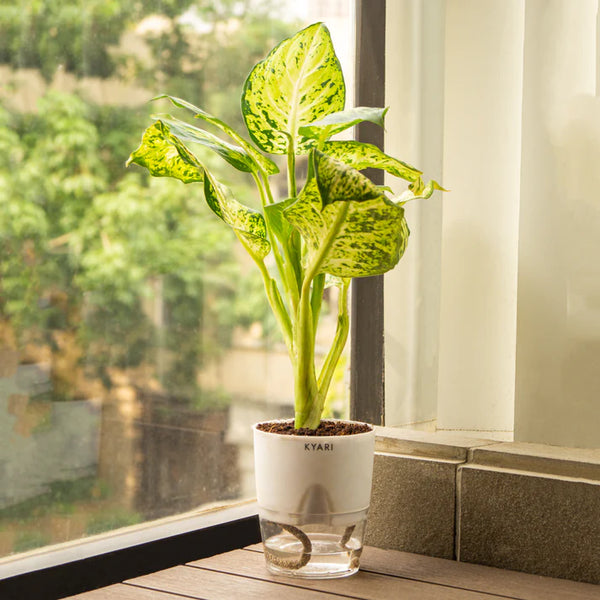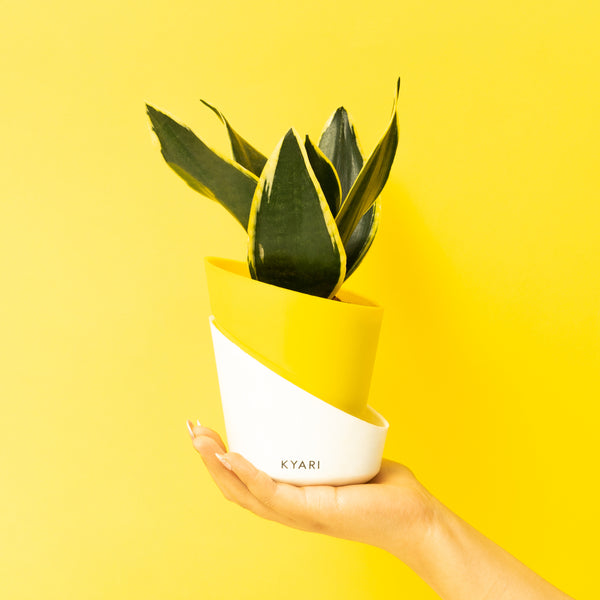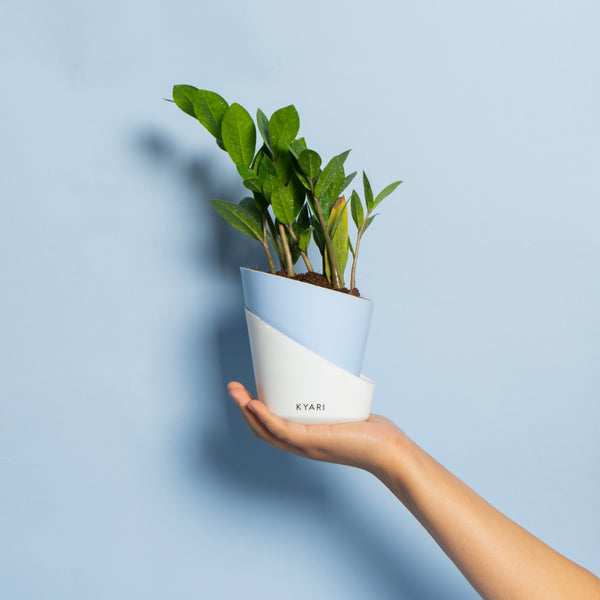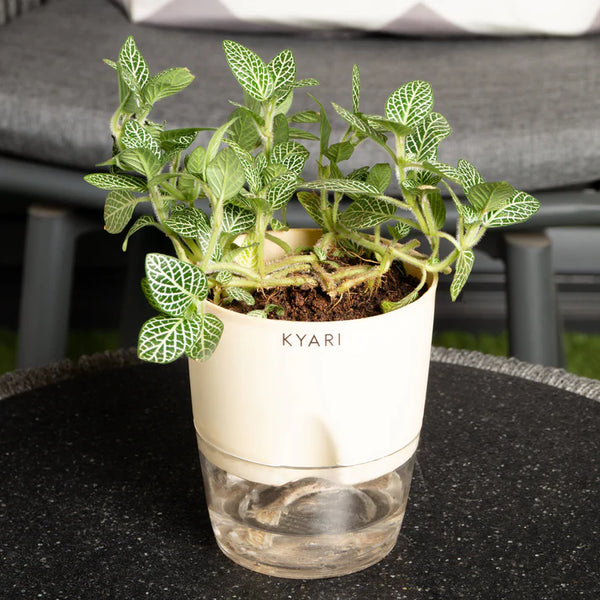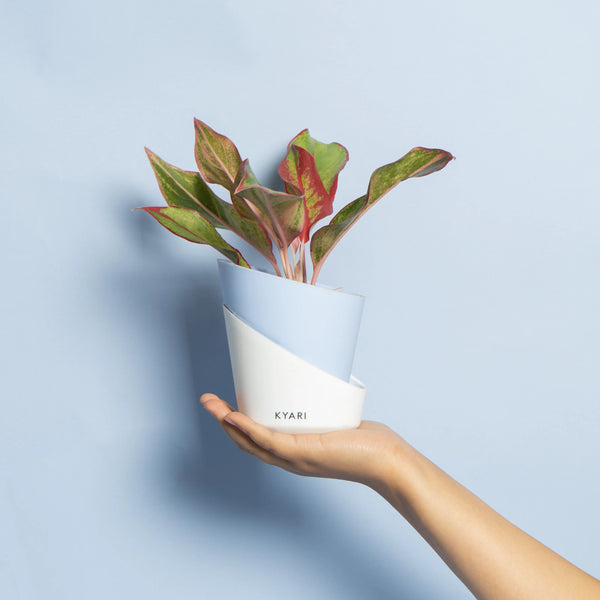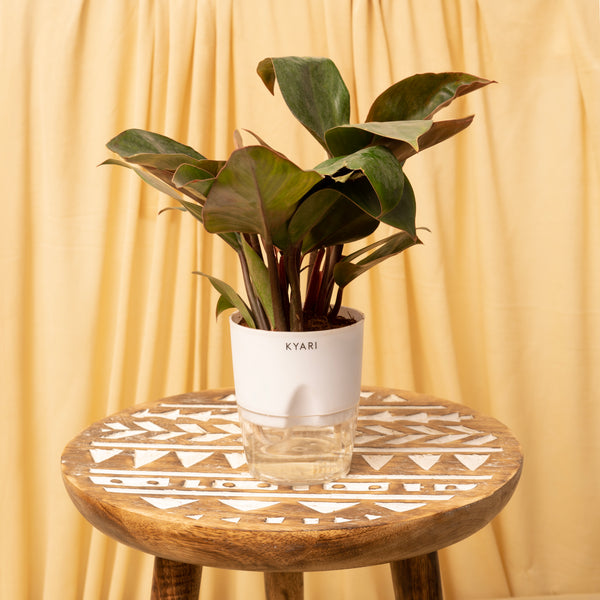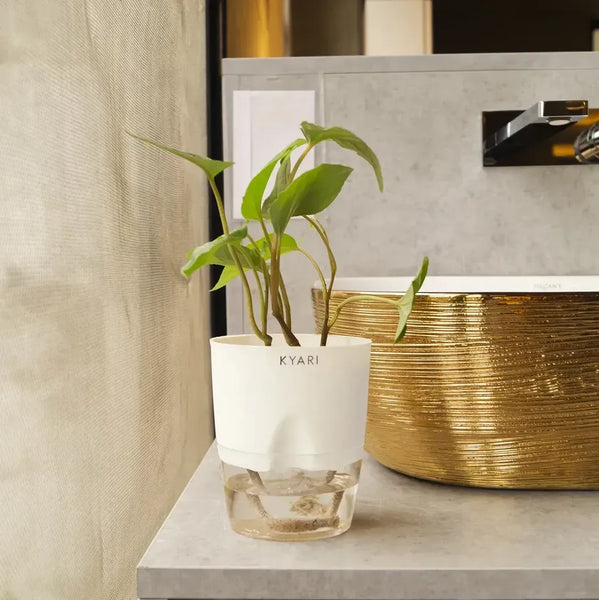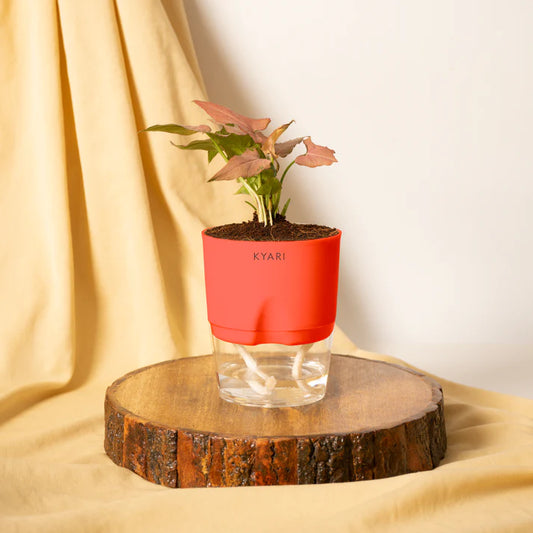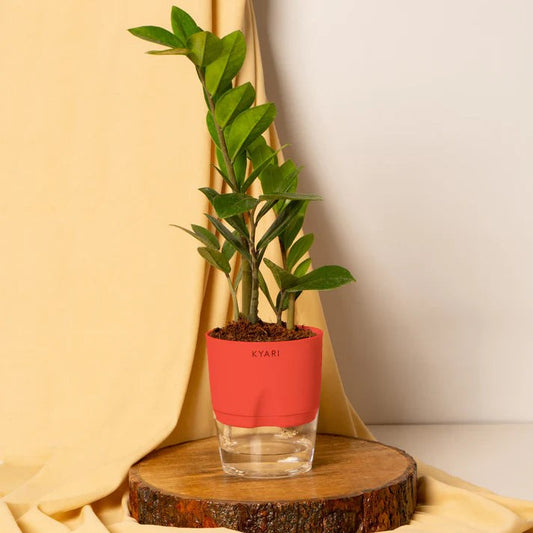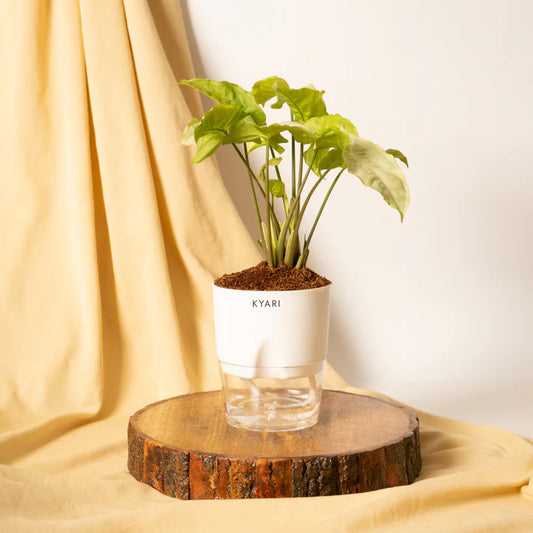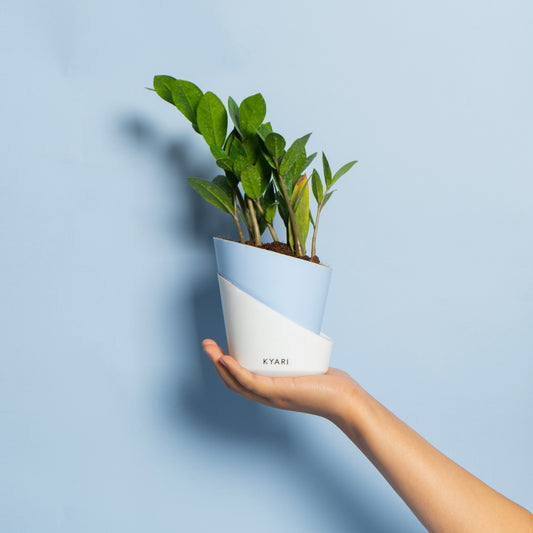In the past few years, indoor gardening has gained popularity as people seek to take nature into their homes. One of the problems associated with indoor gardening is that plants may not get enough water without constant monitoring. Self-watering pots are also a convenient option that does not require you to guess when to water. In this guide, we'll discuss the advantages of self-watering pots and self-watering planters and give you guidelines on how to implement them for indoor gardening.
What are Self-Watering Pots?
Self-watering pots are pots that have reservoirs built in them to supply water to plants when needed. These inventive pots have a water reservoir at the bottom that is separated from the soil by a barrier. Capillary action or a wicking system will draw water up into the soil, where it is supplied to the roots in a continuous manner.

Features of Self-Watering Pots Include
Consistent Moisture:
Self-watering pots keep plants in a constant state of moisture, thereby eliminating the chances of overwatering or underwatering.
Convenience
These self-watering pots enable you to leave your plants unattended for longer periods, making them a good option for people who are often busy or those who travel a lot.
Healthy Roots:
In these self-watering pots, water is supplied directly to the roots, thus encouraging the development of healthy roots and overall plant growth.
Reduced Water Waste:
The design of self-watering pots with reservoirs is aimed at reducing water evaporation and runoff and, therefore, is an eco-friendly option for indoor gardening.
Steps Included for Setting Up Self-Watering Pots in Indoor Gardening
Select the Right Pot:
Choose a self-watering plant pot that fits the size and style of your indoor area. Make sure it has a water reservoir and drainage holes.
Choose Well-Draining Potting Mix:
Use a good quality potting mix that ensures good drainage to prevent waterlogging.
Add a Layer of Gravel or Hydrostones:
Place a layer of gravel or hydro stones at the bottom of the pot to make a reservoir and enhance drainage.
Insert the Watering Tube or Wick:
If your self-watering plant pot has a watering tube or wick, insert it into the soil to ensure absorption of water.
Fill the Water Reservoir:
Fill the reservoir with water such that it does not overflow. Overflowing can cause a problem. If there isn’t enough water in the reservoir, that would also cause issues for the plants.
Plant Your Indoor Plants:
Place your indoor plants in the pot carefully and make sure they are fixed firmly.
Water the Soil Initially:
Do a thorough watering to start the plants. Watering the soil initially helps in aeration and supports the plant better.
Adjust the Watering System:
Adjust the watering system to meet the specific requirements of your plants and the prevailing environmental conditions.
Monitor Water Levels:
Check the water level in the reservoir frequently and add water when needed in order to maintain an even level of moisture.
Place in Suitable Indoor Location:
Place the self-watering pots in a location with adequate light and temperature conditions for the plants you have selected.
Observe and Adjust:
Monitor the health and growth of your plants and alter the watering system accordingly to improve the performance.
Regular Maintenance:
Carry out routine tasks such as cleaning the reservoir and checking for any signs of damages or blockages.
How to Decorate with Self-Watering Pots in Indoor Gardening?
Stylish Self-Watering Pots:
Select different styles, shapes and materials of self-watering pots to blend with your indoor decor.
Self-Watering Hanging Planters:
Use hanging planters with self-watering features to bring vertical greenery and make use of the available space in your house.
Check out Kyari - A one of a kind online shopping website for every plant enthusiast. They have plants for mental health, for office, for pets, for positivity and more! From air purifying plants to vaastu plants and exotic colourful varieties — they have it all. Their pots will add more aesthetic decorations to your indoor and outdoor gardening. They even have pots with different designs, shape, colour and material. They have the best self-watering pots planters with elegant and aesthetic designs that are a perfect decor for your house. Kyari is a single website with numerous options to make your life more greener and brighter.
Self-Watering Pots are a convenient and effective solution for all indoor gardening enthusiasts. By following the instructions given in this guide, you can make self-watering pots with ease and have happy, growing plants. Furthermore, the maintenance tips and decorating ideas that will be discussed can help you improve your indoor gardening experience and make it even more fun. From beginners to advanced indoor gardeners, self-watering pots will definitely simplify your gardening journey and add beauty and liveliness to your home.
FAQs on Spider Plants
Yes, self-watering pots are made to be durable and can serve for a long time with proper care.
Self-watering pots are perfect for beginners because they ensure a steady water supply hence reducing the chances of overwatering or underwatering.
Even though self-watering pots need less frequent watering, they still need regular maintenance like cleaning the reservoir and checking water levels.
Yes, self-watering pots can be used with ordinary potting soil, but it’s recommended to pick a premium mix with good drainage for the best plant health.

